Also, we watched the short video, "The Tubac Story," in the Visitor Center before starting the walking tour outside. It provides a good overview of the area in general and the Presidio in particular.
By the 1730s, the area was being populated by the Spanish. In 1751 the Pima had an uprising against the Spanish and the settlement of Tubac was destroyed. A year later the Pima surrendered and the Presidio was established the following year to protect the town and surrounding area.
The photo below shows the location of the foundation of the original Presidio.
The Captain's dwelling was here and it garrisoned 50 Spanish soldiers. The soldiers were also given land nearby to build homes and plant gardens.
The tower was added in 1787. The Presidio was used by the Spanish but also by American miners who came to the area following the Gadsden Purchase of 1854.
A school district was established in 1876 and this school house was built in 1885.
Uh-oh, look who has been a naughty boy.
Built on the foundations of Tubac's first church, Santa Gertrudis built in the 1760s, is the present-day St. Ann's Church.
Adobe ruins with river stone foundations and door supports were built in the 1920s on top of the Presidio ruins. There is an interesting exhibit below ground where the actual remains, footings, and foundations of the 18th century Presidio can be seen. Here are some photos of the area.
This arrastra was used for crushing ore as mining for copper, gold, and silver occurred in the area. Large, heavy boulders attached to chains were dragged over the ore by horse, mule, or manpower.
We put this guy to work...
The round grindstones shown below were used to grind wheat and corn into flour or grist. Called molinos in Spanish, the various sizes and designs were used for different grains an various coarseness.
The museum was established 2 years after the Tubac Presidio became Arizona's first State Park.
This is an exhibit of the beautiful basketry of the Tohono O'odham people. In the early 20th century their skilled work was recognize by the art community and early works are sought after for museums and private collectors.
1836 musket used very efficiently by the Apache (manufactured in Europe) in raids to surrounding communities.
Typical "aspadas anchas" or common sword from the 18th century.
Household furnishings of the Presidio era. The chair is made of leather and mesquite wood.
Cigarettes!
Beaver fur top hat and storage box from the 1800s. We have seen other top hats of this era in museums, but I thought the box was very cool.
This served as the "jail." A prisoner was chained to a post. This hardware came from a ship where it was attached to the mast.
Seal of the Arizona territory. During the Civil War Arizona remained with the Union.
This Washington Printing Press is one of the most valuable items in the museum. Manufactured in Cincinnati in 1858, it was brought overland to Tubac for the Sonora Exploring and Mining Company.
The first newspaper in Arizona was printed on March 3, 1859 by this press. It was eventually sold and moved to Tucson where it printed the first issues of newspapers there. It was sold yet again and was moved to Tombstone where it was used to print the Tombstone Nugget.
Comprised of four rooms, the Rojas House was typical of residences in the area for centuries. Relatively easy to build, rooms were added as families grew. Access to the interior is at the rear of the house.
It was occupied until 1989 by Luisa Rojas who was born in the house in 1894. She was the caretaker of the 1885 schoolhouse for 30 years!
Otero Hall. Funds to build the hall were provided by the Otero family (who received the first Spanish land grant in the area in 1789) in 1914. Social activities including weddings, dances and civic events were held in the hall. Currently, there are beautiful paintings on display in the hall.
The carreta, below, is a typical Mexican cart pulled by three pairs of horses or oxen. Trade was active in the area and carretas were used to haul goods and supplies.
Admission to the park is $5/adult. Our Tucson Attractions Savings Passport had a buy one admission get one free coupon so we only paid $5. It was well worth the cost. John found the artifacts from the military of particular interest here. I think the schoolhouse was my favorite!
Check out their website for more information and hours of operation.
Website: www.tubacpresidio.org
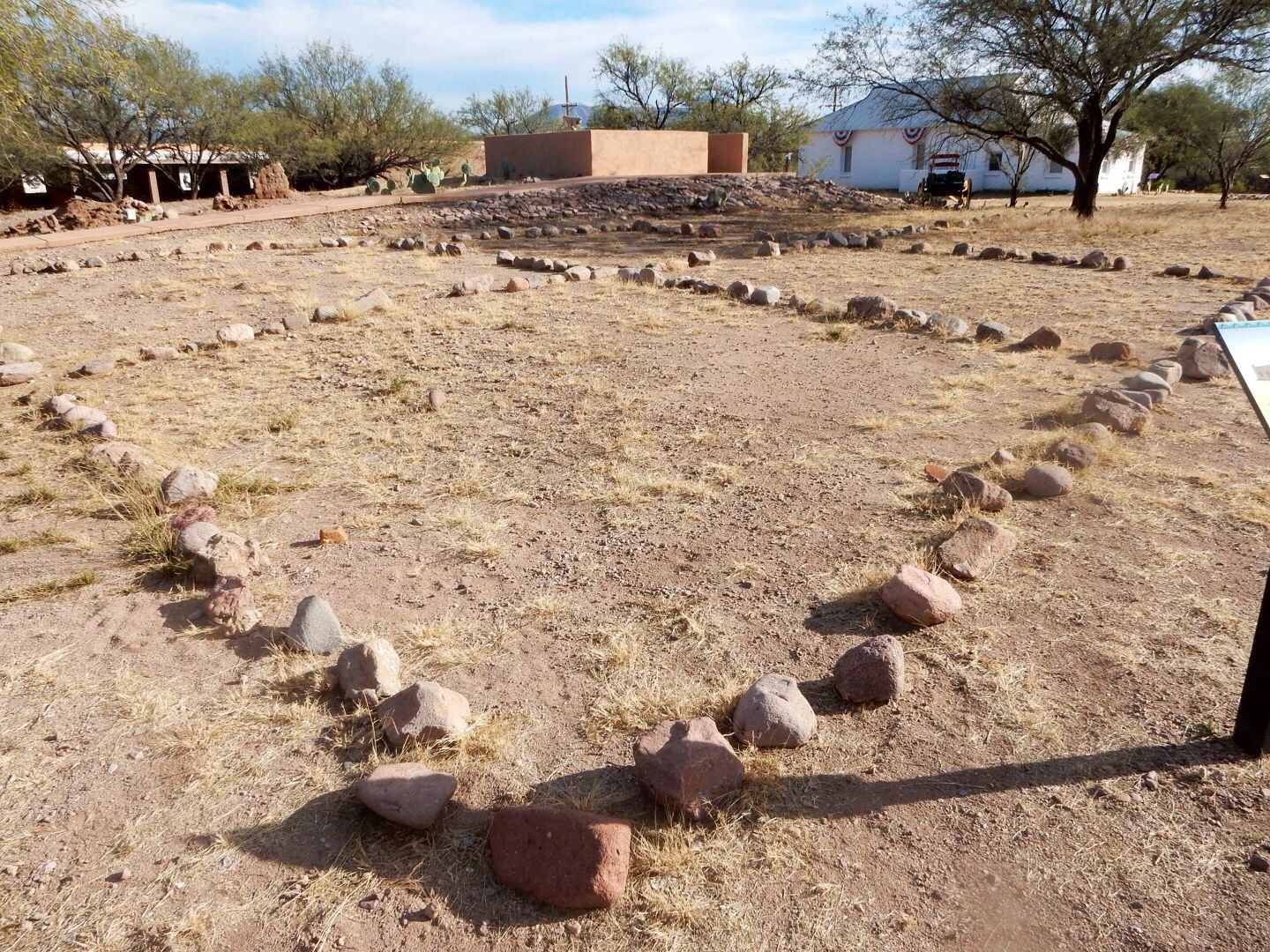
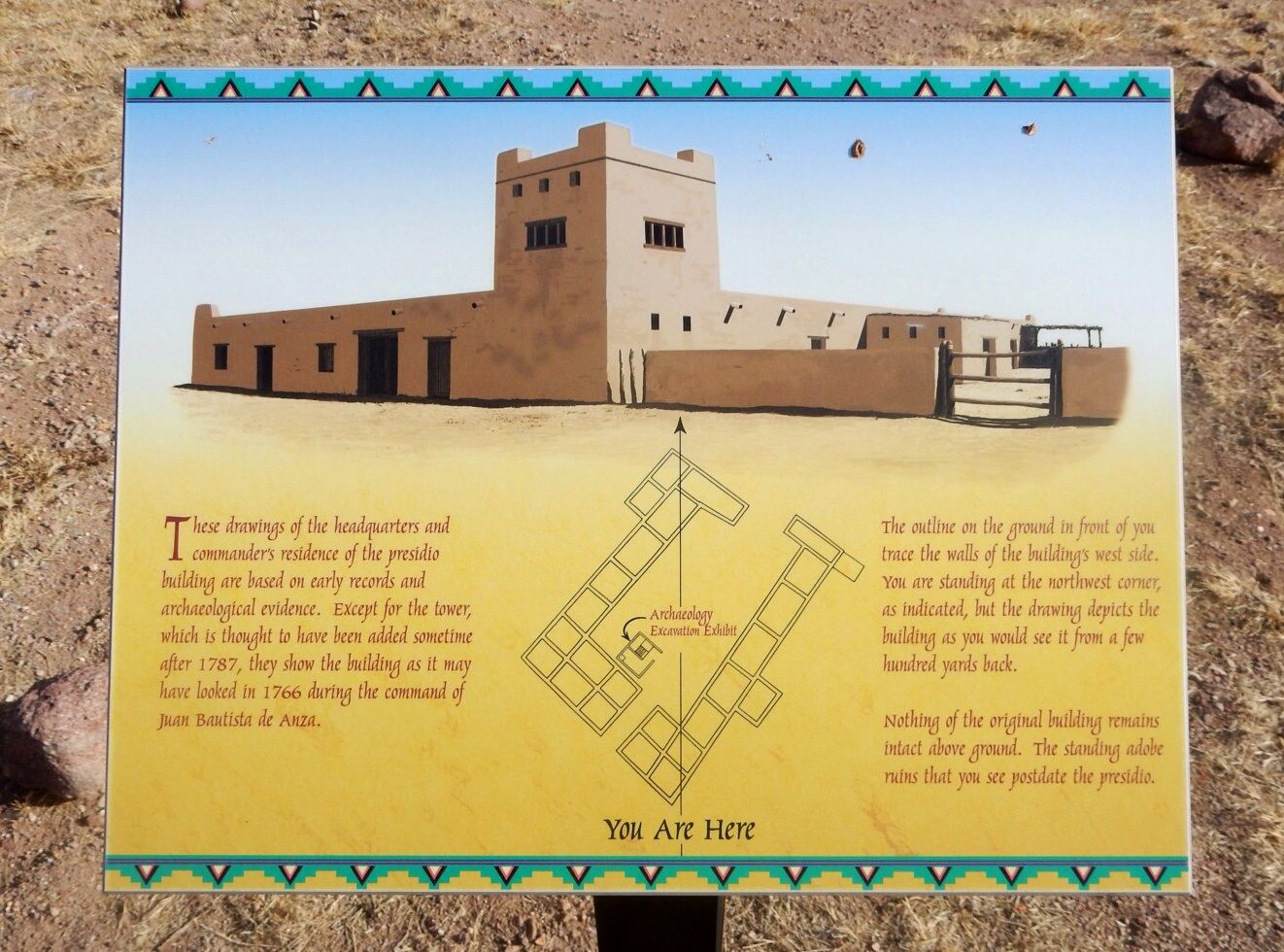
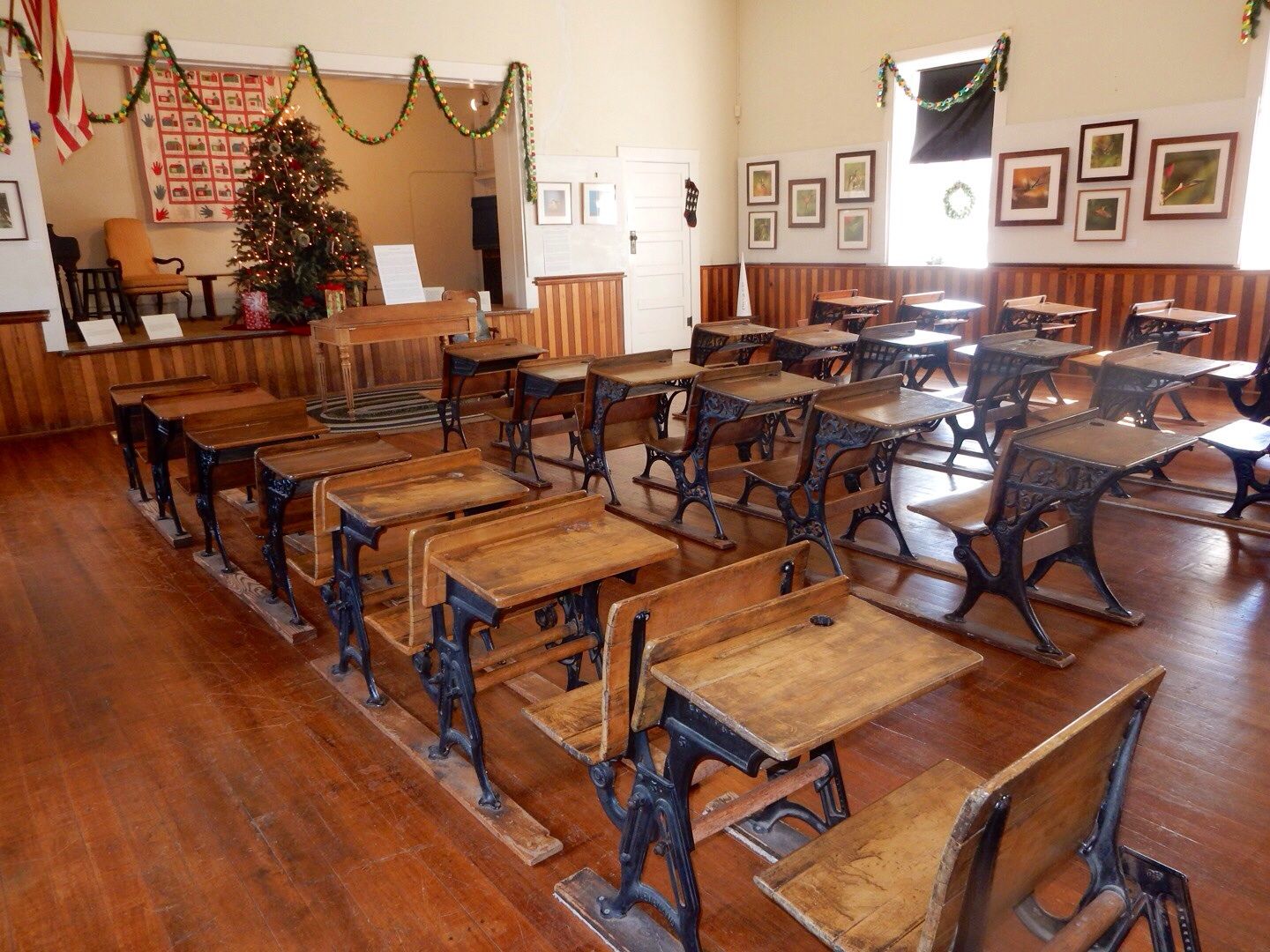
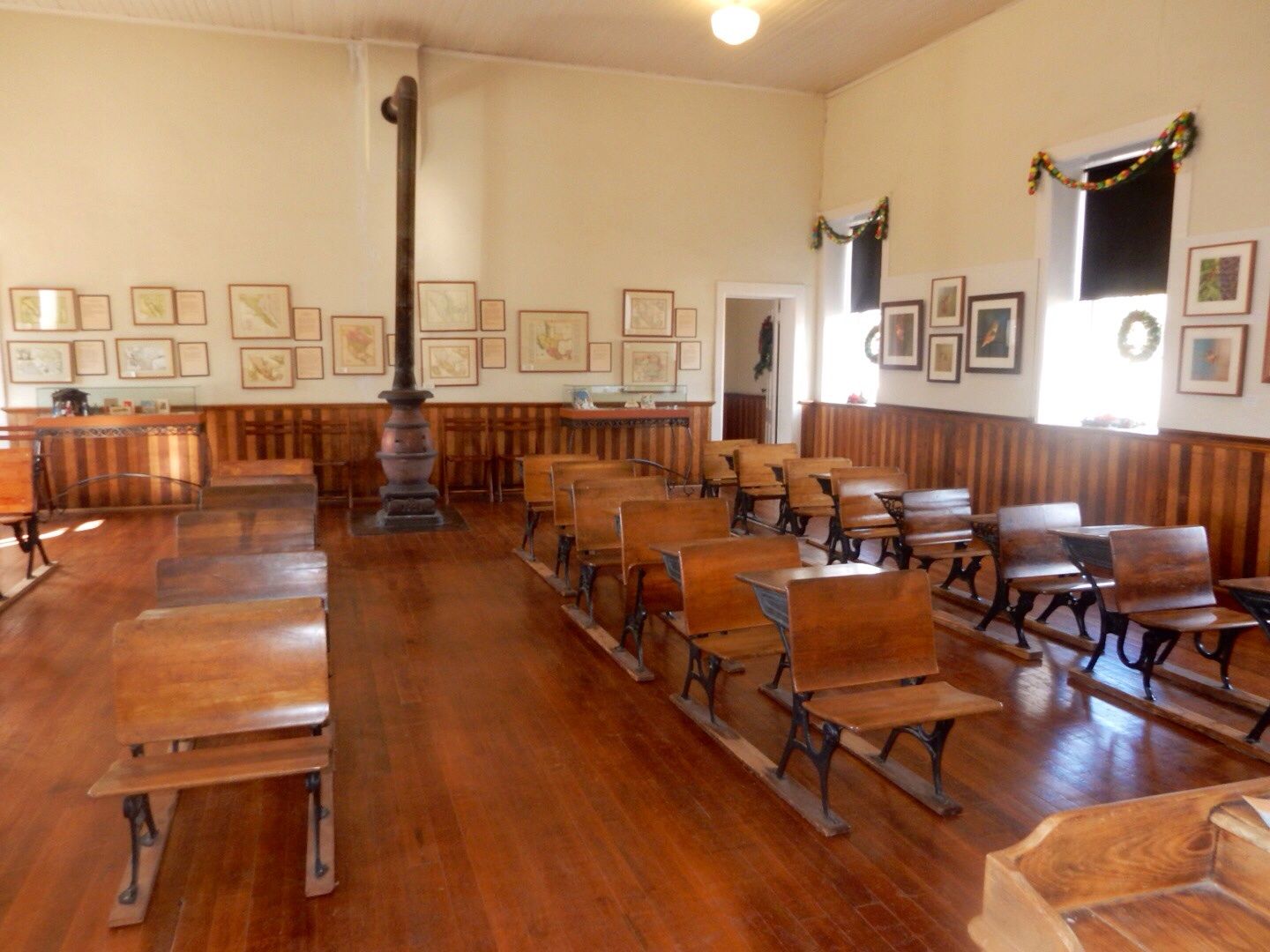


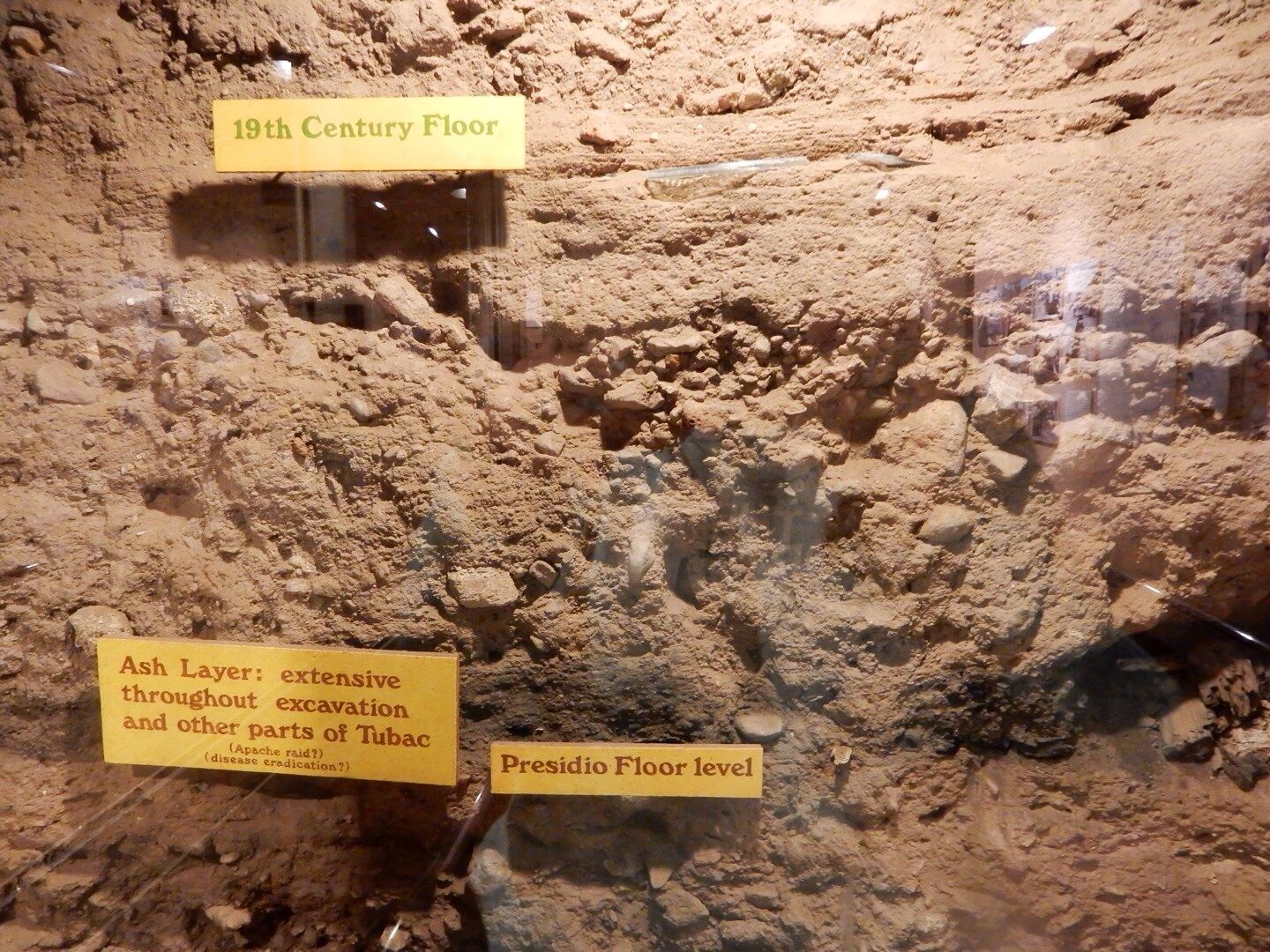
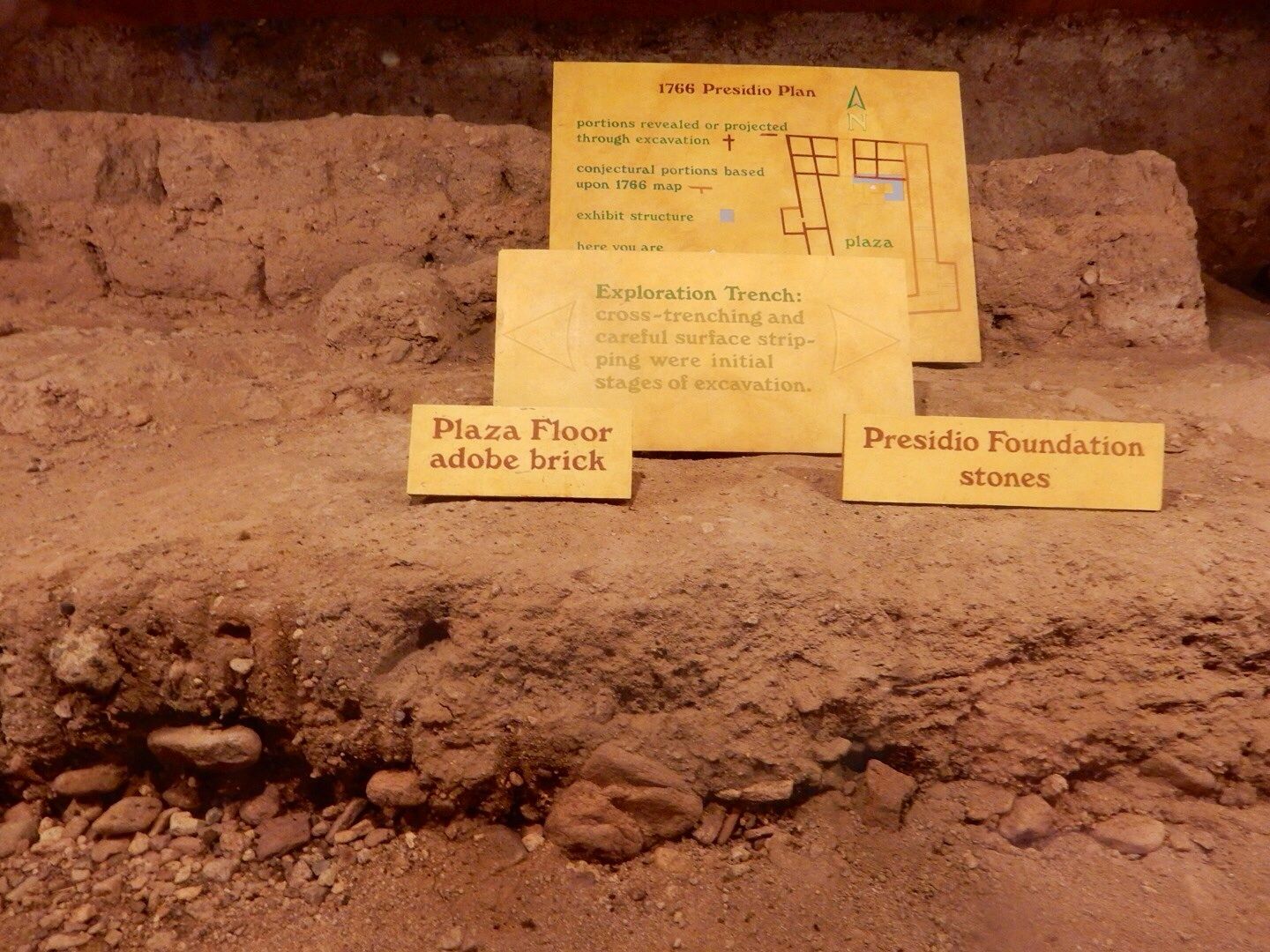


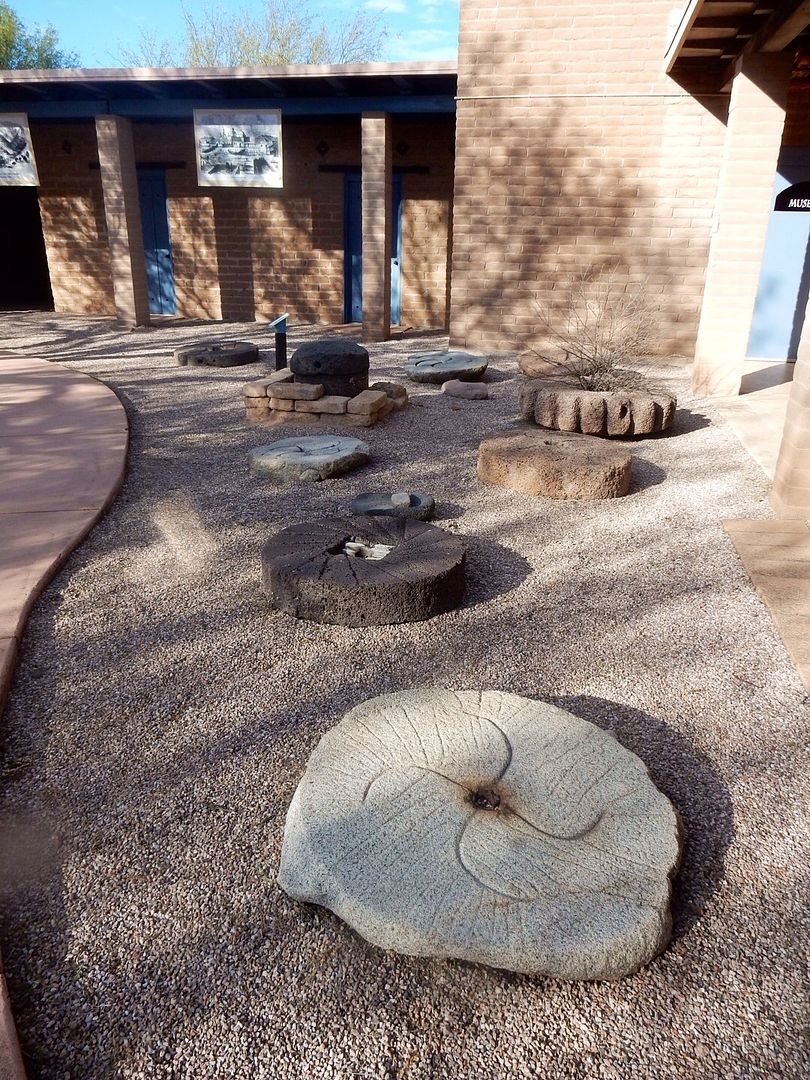
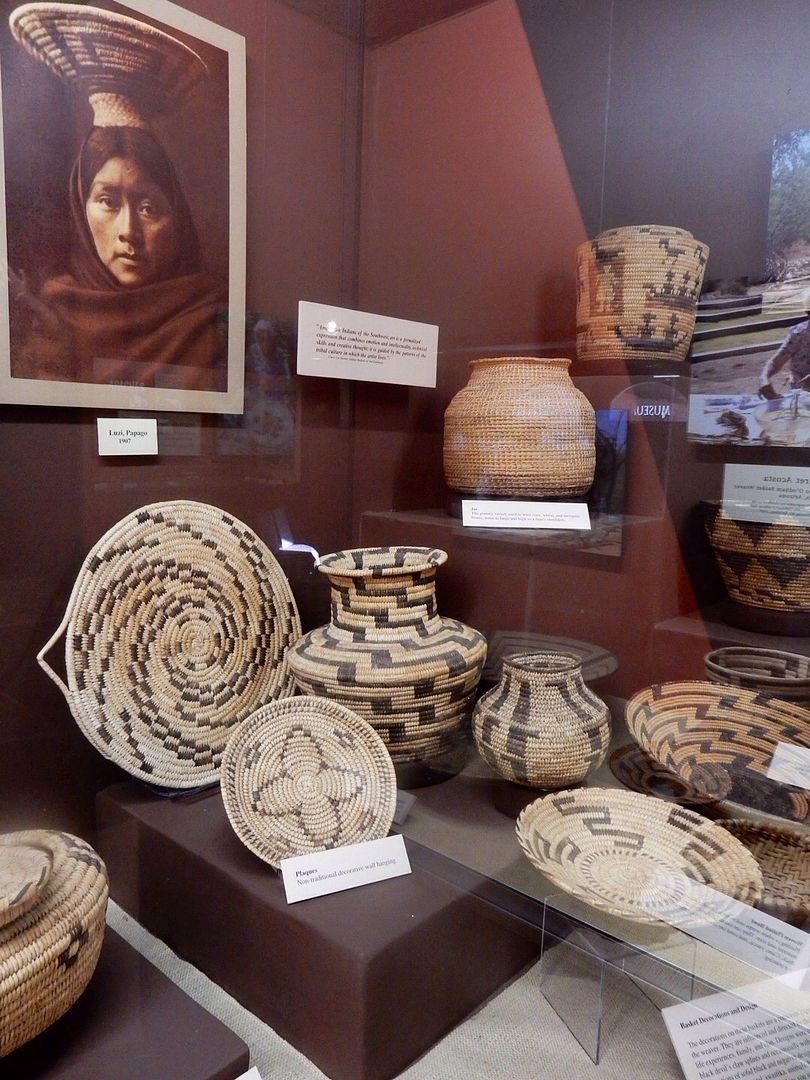

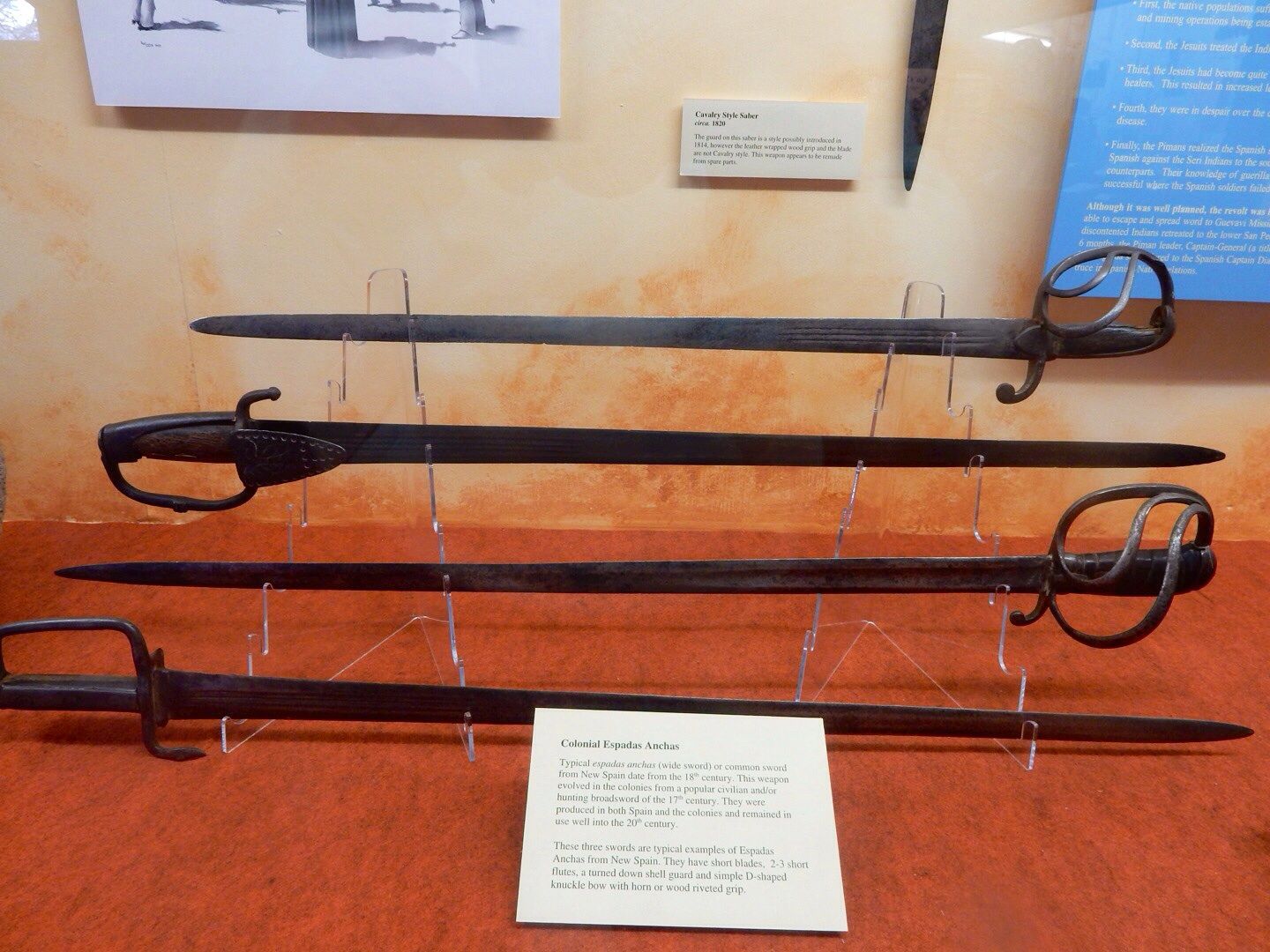
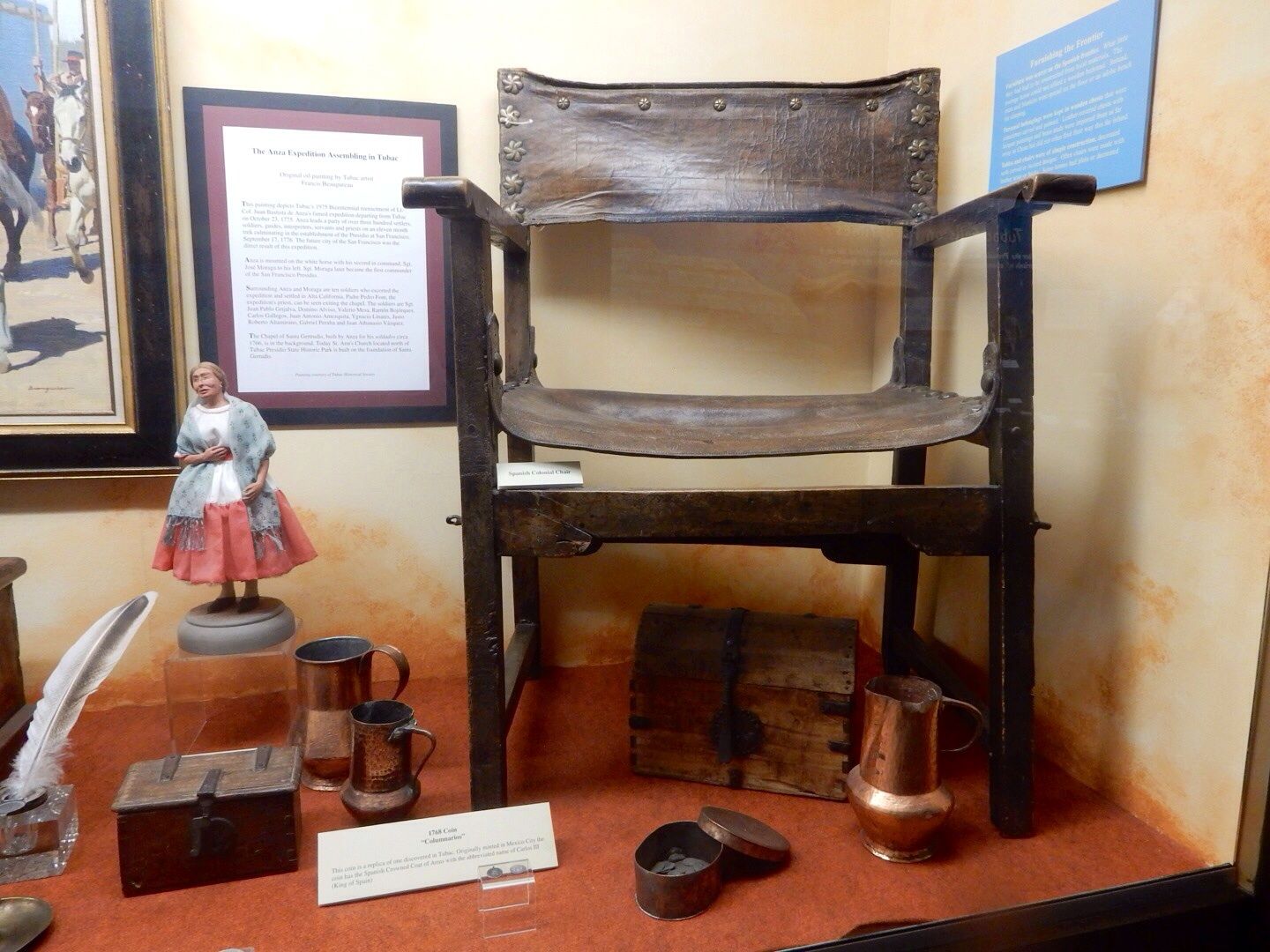
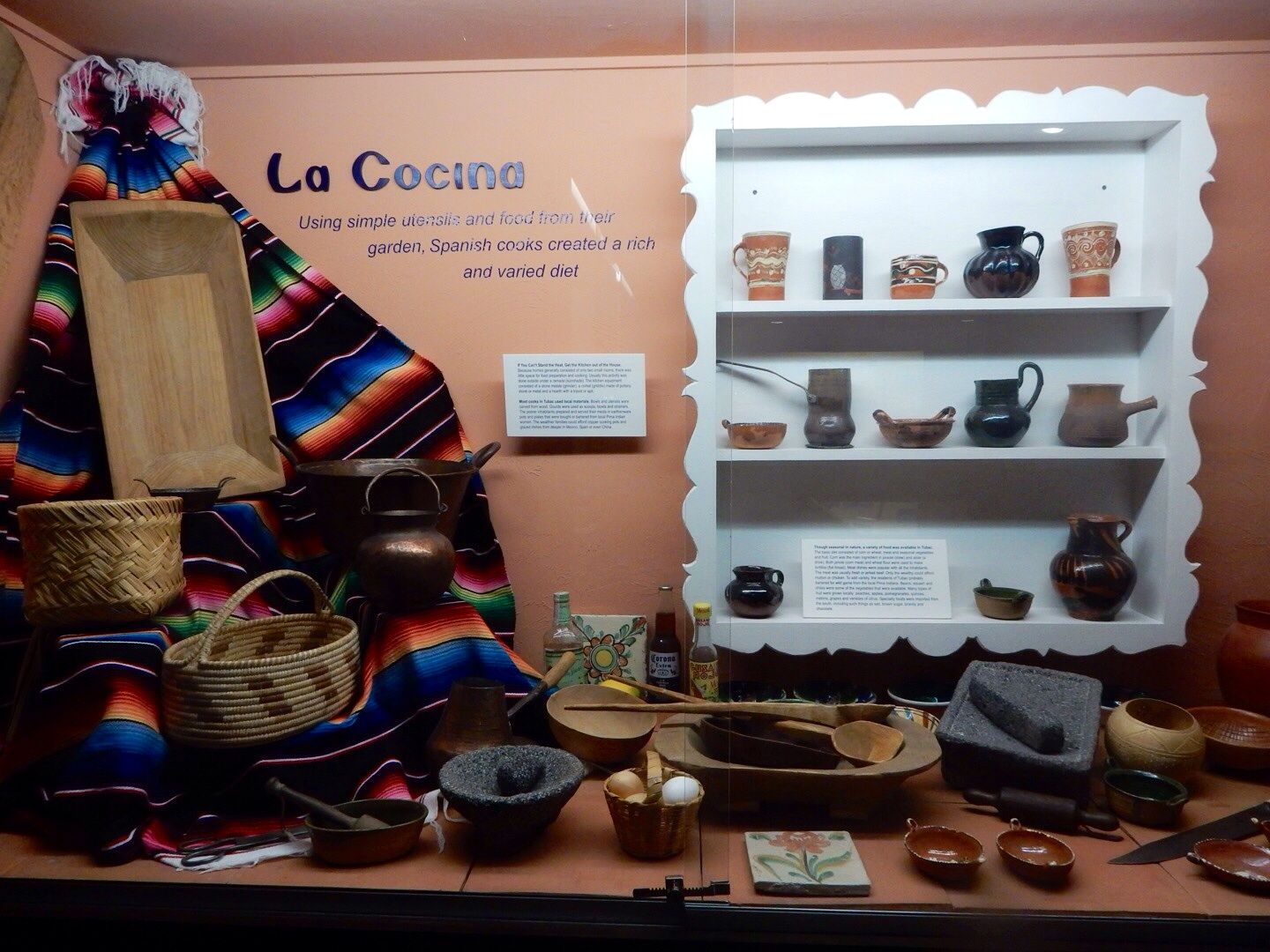
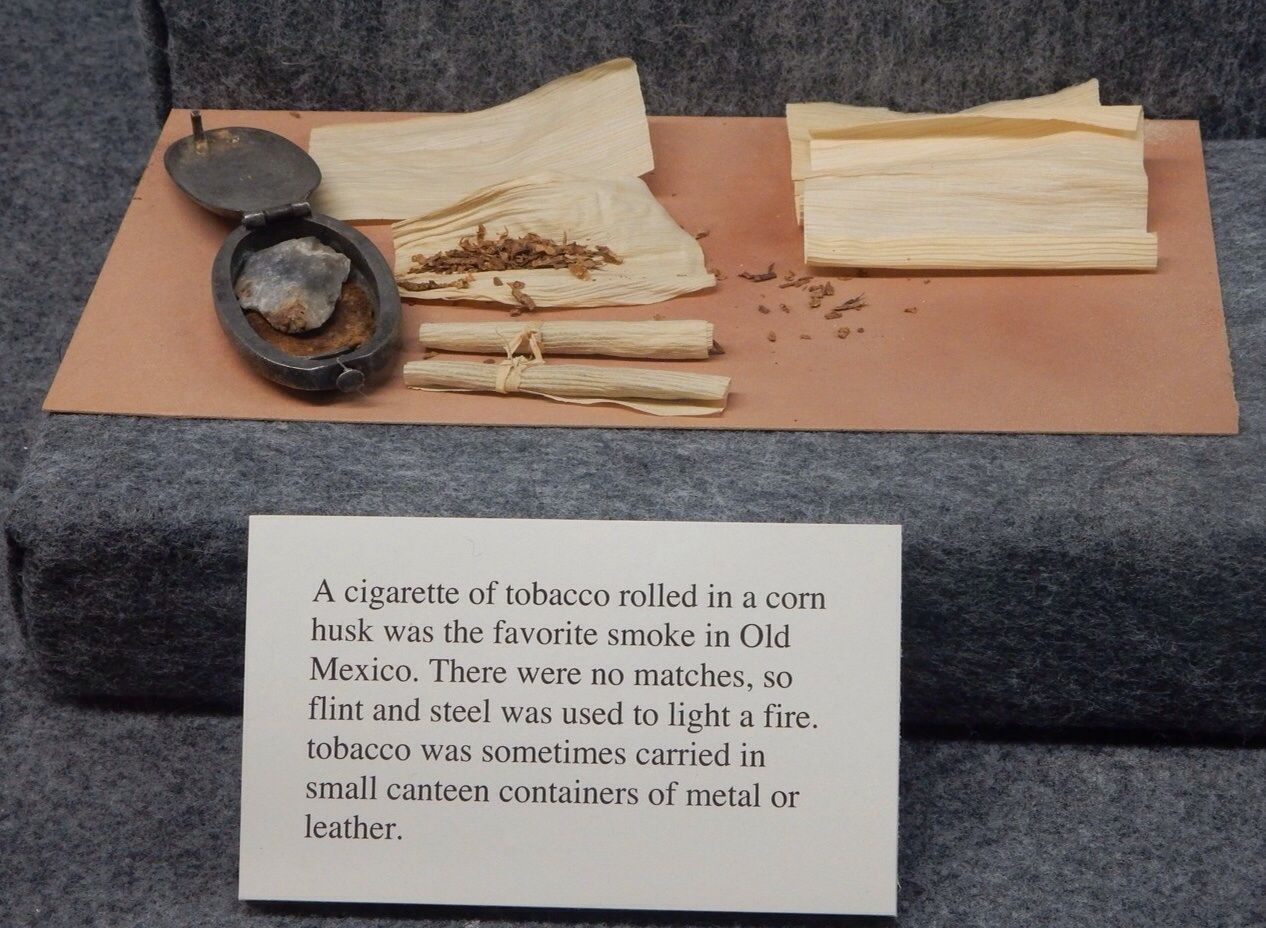
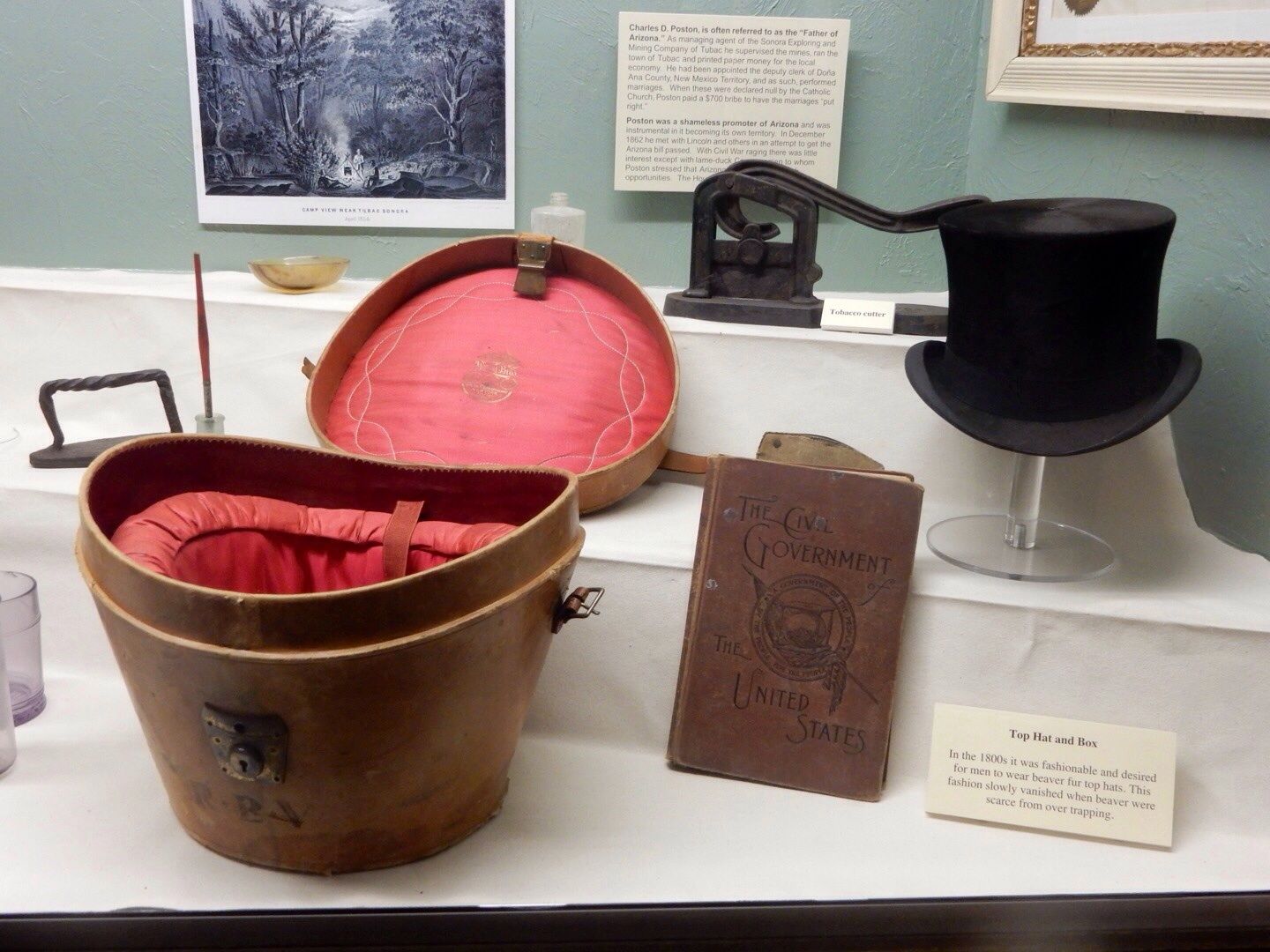
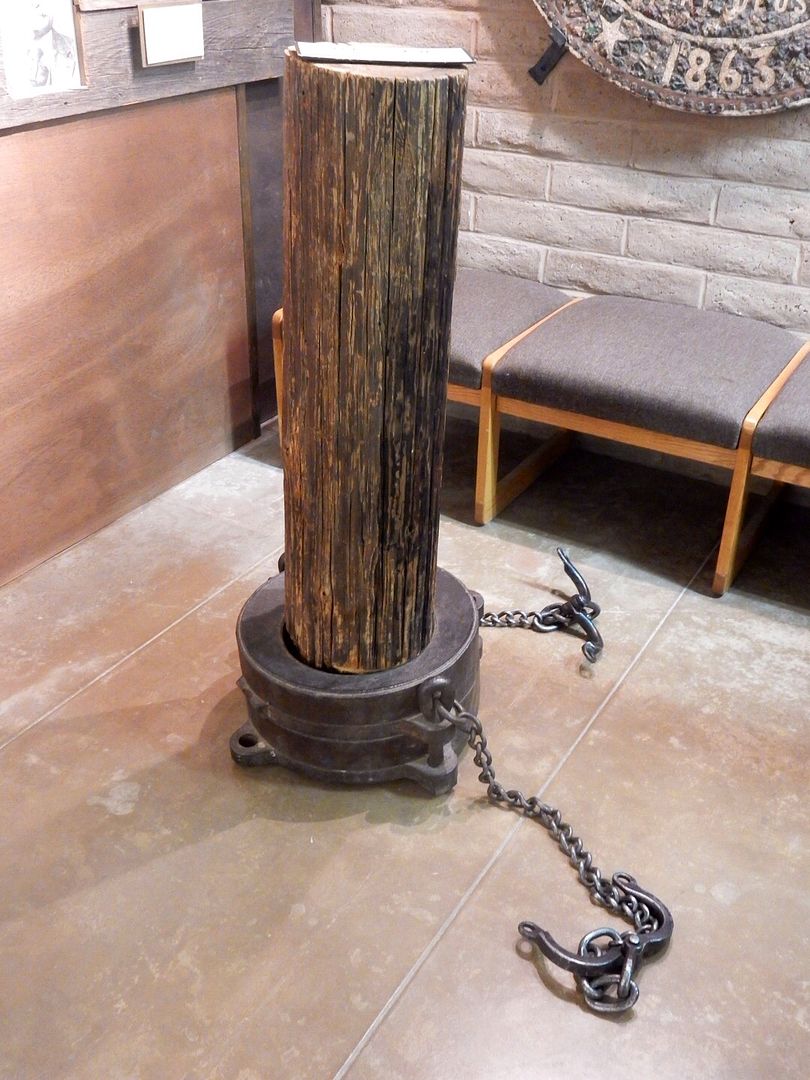
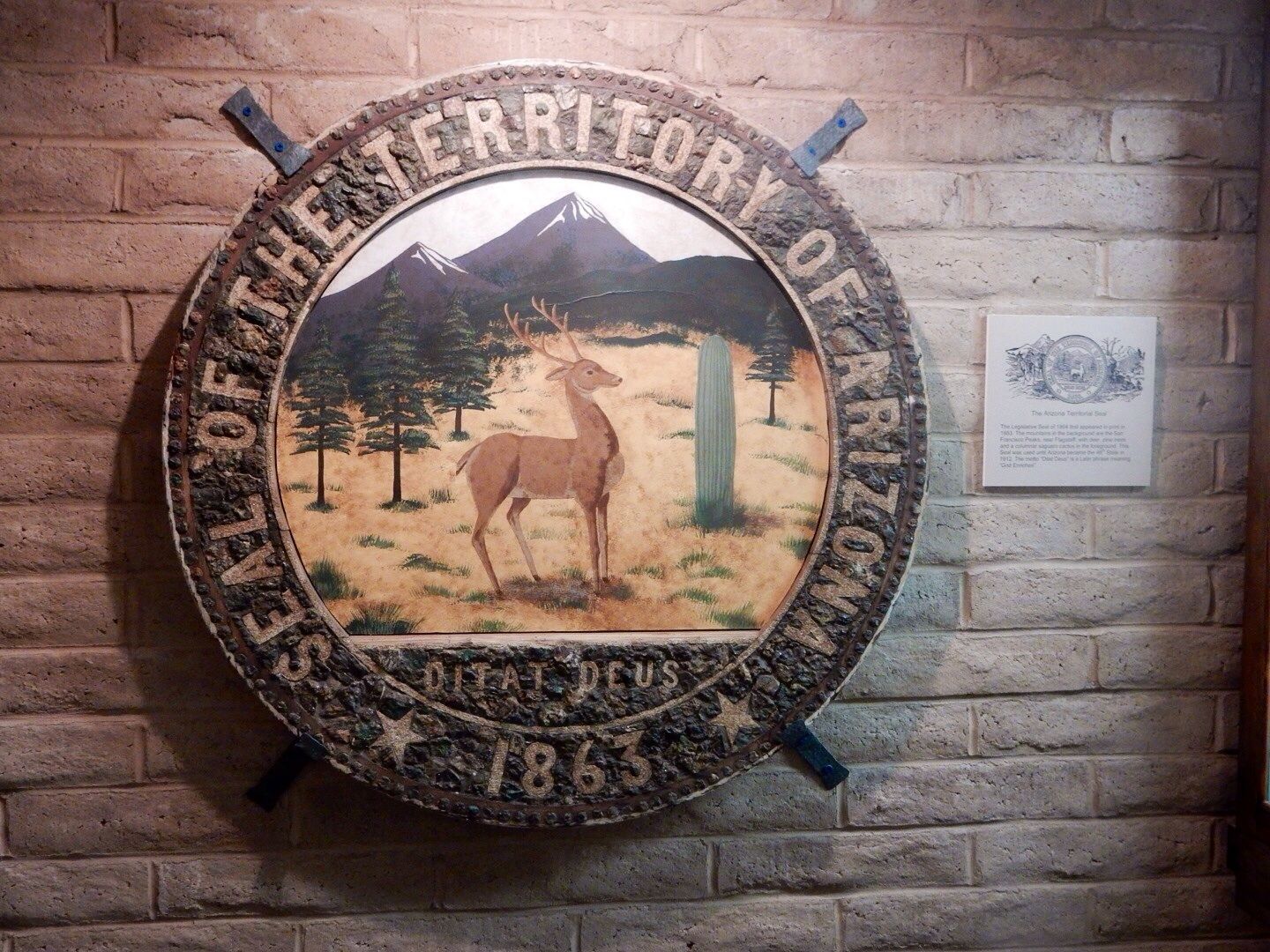
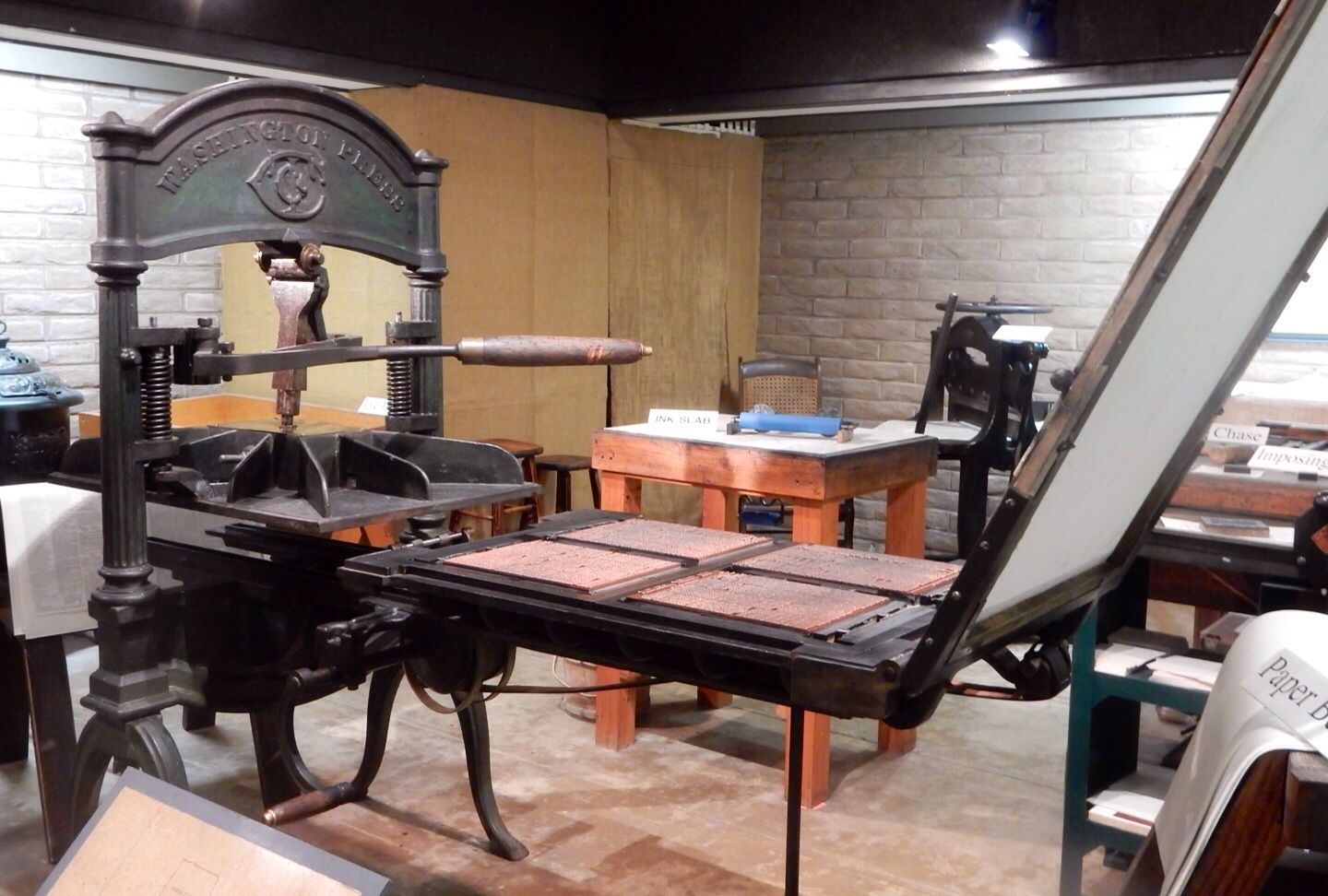
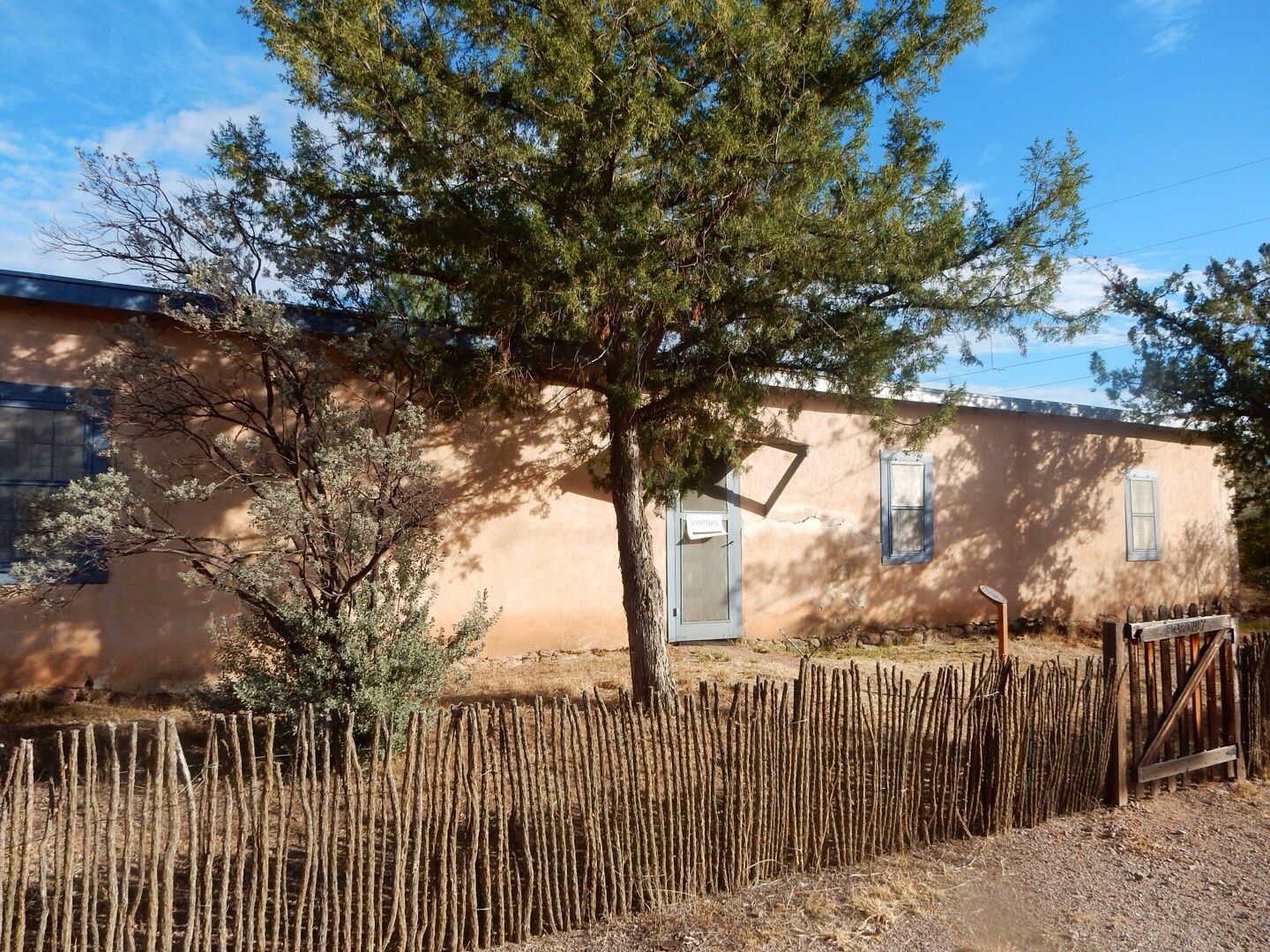

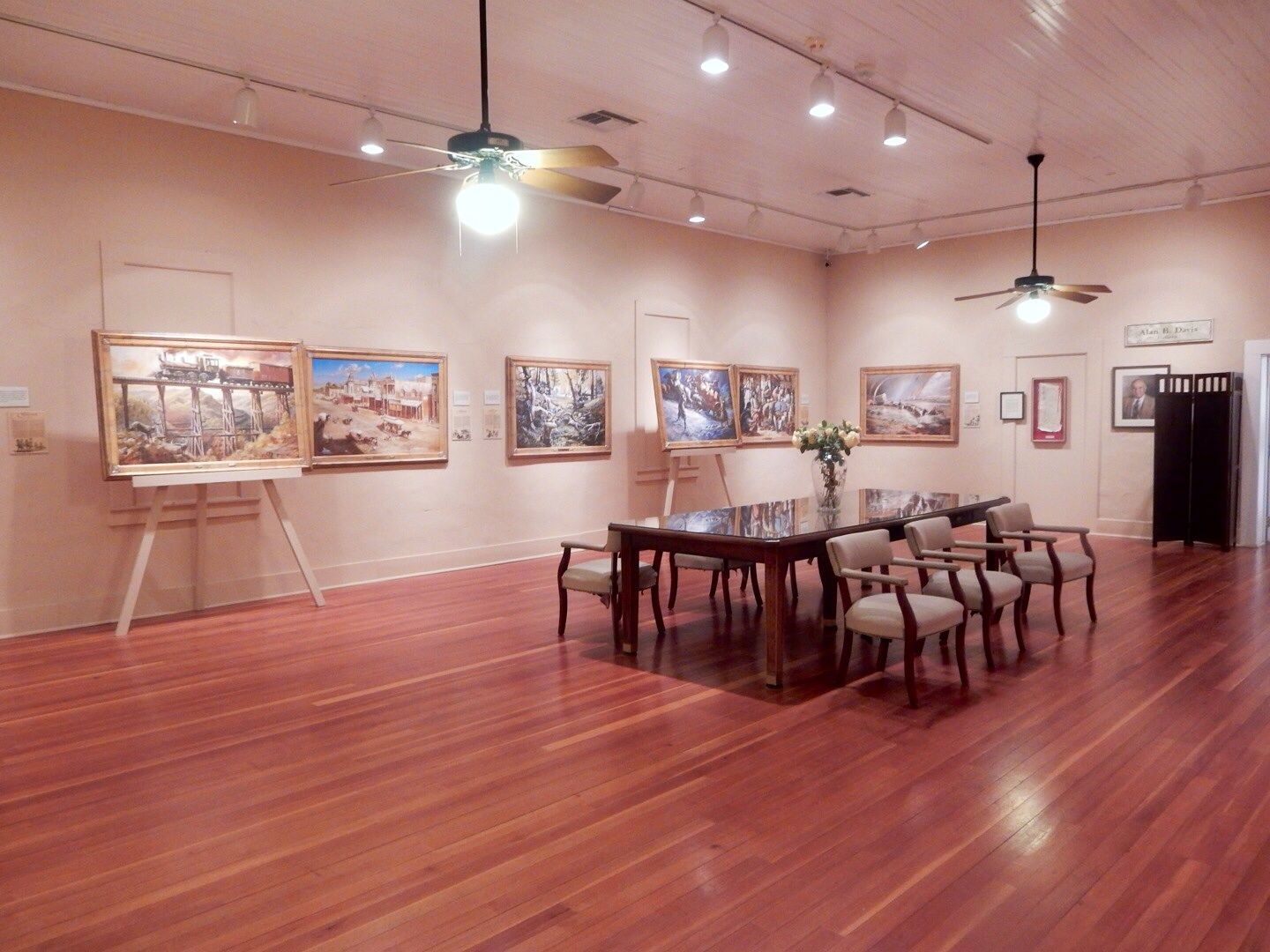
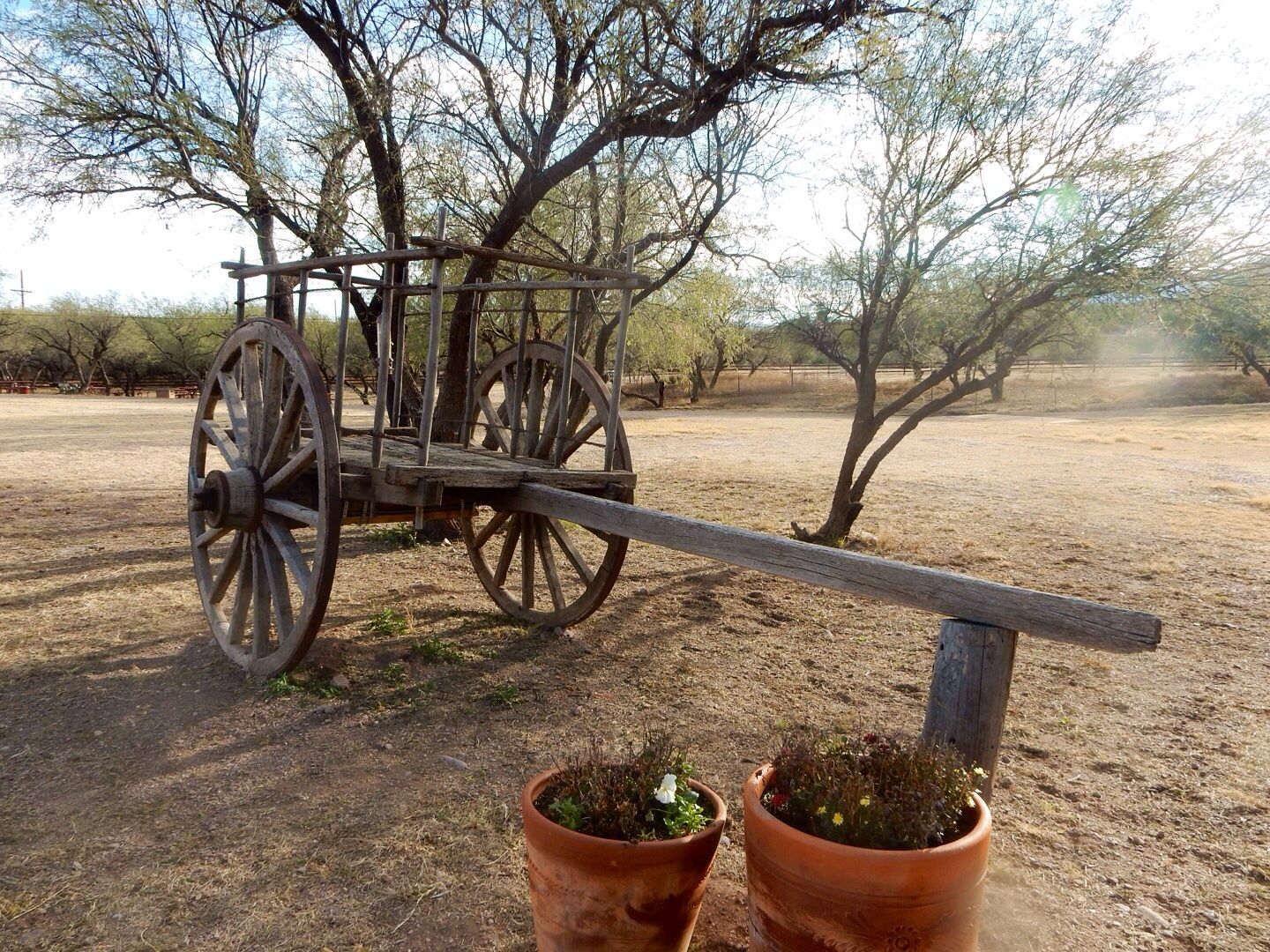
No comments:
Post a Comment